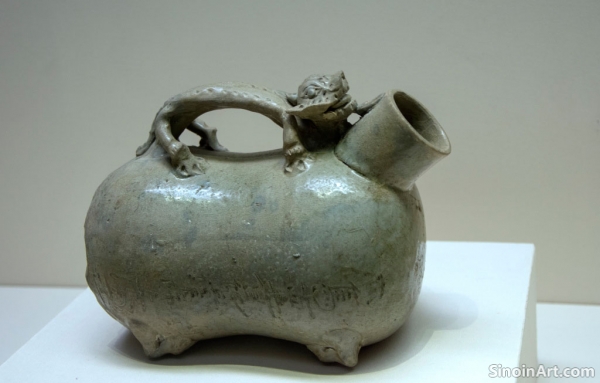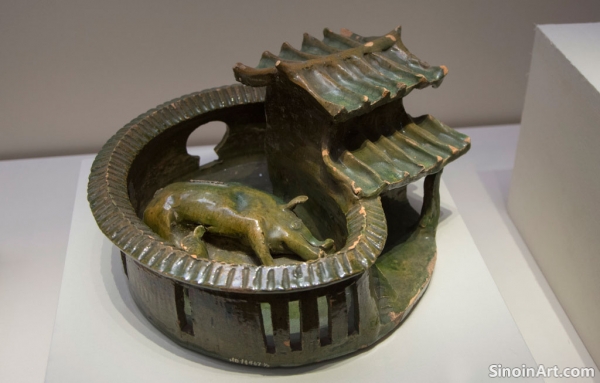The Forms of Tang Ceramics: Function and Artistry
|
The forms of Tang ceramics demonstrate the intersection of function and artistry in this period. From elegant vases to robust storage jars, the ceramics of the Tang Dynasty reflect the diversity of daily life and the aesthetic tastes of the era. The design and forms of Tang pottery are still admired today.  Ewers, with their graceful forms and often decorated with sancai glazes, were used for serving wine or other beverages. The design of these ewers demonstrates both functionality and aesthetic appeal. These forms show the elegance of the era.  Large storage jars, often made of stoneware, were used for storing grain, liquids, and other commodities. These jars demonstrate the durability of the ceramics of the era. These utilitarian objects were often made with great attention to detail.  Tomb figures, representing a diverse range of characters, were intended to accompany the deceased into the afterlife. These pieces were carefully crafted to convey different personalities and characteristics. These figures are a valuable resource in understanding Tang society. Architectural ceramics, such as roof tiles and decorative elements, were also important part of Tang pottery production. These ceramic pieces made buildings not only functional but also aesthetically beautiful. The ceramic output of the era had a variety of purposes. The range of forms in Tang ceramics highlights both the practical needs of the society and the artistic innovation of the time. The forms themselves can often be seen as being works of art. Tang pottery had a wide range of both function and style. |
Tag : Tang ceramics forms, Chinese pottery, Sancai vessels, Tang Dynasty art, Functional ceramics
Related information
- Burial Goods and the Afterlife in Tang Ceramics
- The Economic Importance of Tang Ceramic Production
- The Decorative Motifs of Tang Ceramics
- The Evolution of Tang Porcelain Forms
- The Dawn of Celadon Splendor
The Tang Dynasty saw the flourishing of an elaborate burial culture, with ceramics playing a central role in equipping the deceased for the afterlife. These funerary wares, from everyday objects to elaborate figurines, offer a fascinating glimpse into Tang beliefs about death, the spirit world, and the continuation of earthly life in another realm. These burial goods were not just functional; they were imbued with symbolic meaning and designed to ensure the comfort and prosperity of the deceased.
Tang Dynasty ceramic production was economically significant, providing employment, fostering trade both domestically and internationally, and contributing significantly to the empire’s wealth, thereby stimulating economic growth.
The decorative motifs found on Tang Dynasty ceramics are rich and varied, reflecting the diverse cultural influences and artistic trends of the era. These motifs, ranging from simple geometric patterns to complex figural depictions, not only enhance the aesthetic appeal of the wares but also provide insights into Tang beliefs, values, and artistic tastes.
The forms and shapes of Tang Dynasty ceramics were as diverse and dynamic as the society that produced them. From simple utilitarian bowls to elaborate ceremonial vessels, the ceramic forms reflected the varied functions and aesthetic preferences of the time. The evolution of Tang ceramic forms was also driven by technical innovations and artistic experimentation, resulting in a wide range of shapes and sizes that showcase the ingenuity of Tang potters.
The Tang Dynasty (618-907 AD) represents a crucial period in the history of Chinese ceramics, particularly in the development and refinement of celadon wares. While not as dramatically innovative as the later Song dynasty, the Tang era saw a significant leap in kiln technology, material preparation, and artistic understanding that laid the groundwork for future ceramic masterpieces. Celadon, with its subtle green hues reminiscent of jade, enjoyed immense popularity, favored by both the imperial court and the burgeoning merchant class. Tang celadon wasn't just about mimicking jade; it was about capturing the essence of natural beauty and the philosophical ideals of the time.